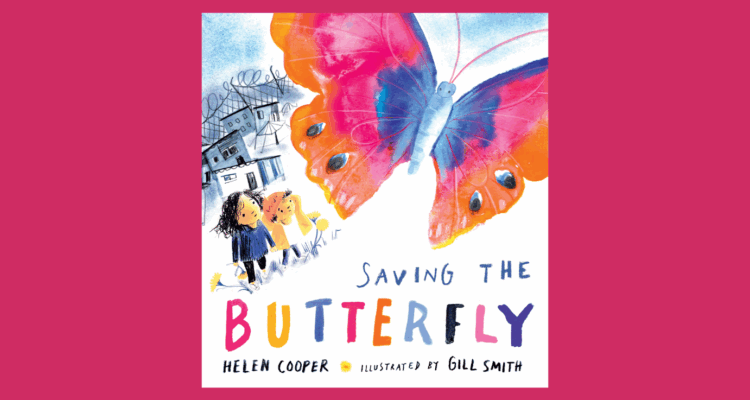Read of the Week: A Kestrel for a Knave by Barry Hines
Revisiting a favourite from his own locality, People and Project Manager and Reader Leader Shaun reflects on the beauty of A Kestrel for a Knave by Barry Hines.
“The air was still and clean, and the trilling of larks carried far over the fields of hay, which stretched away on both sides of the path. Great rashes of buttercups spread across the fields, and amongst the mingling shades of yellow and green, dog daisies showed their white faces, contrasting with the rust of sorrel. All underscored by clovers, white and pink and purple, which came into their own on the path sides where the grass was shorter, along with daisies and the ubiquitous plantains.”
I first encountered this book in high school and, as it was written in Barnsley dialect, it felt special; the characters sounded like we did. However, beyond the language of the characters, Hines captured something about the landscape that spoke - and still speaks - to me. I grew up a few miles from where Hines lived, and I recognise the contrast between the council estate where Billy only existed, and the sanctuary of the open countryside embodied in the kestrel he raised.
Through this wild avatar Billy finds freedom on his own terms, giving and receiving love where little had been experienced before. Billy’s story is coloured by bullying, unexpected alliances with teachers, and a fractured and unsettling domestic life, but it is one told with a frankness which is at times as uncomfortable as it is beautiful.
I recently re-read the book ahead of a discussion about Hines’ work and was captivated by the representations of masculinity in the characters, men who all seem to go at least some way to filling a gap left in Billy by the absent father figure, and who also recall archetypes that I recognise from my childhood in a coal mining town.
“A few of the front walls were protected by a cushion of privet, and the wire divisions fortified by hedges. Between the hedges there was always a little lawn, often fashioned into a complicated design: the corners snipped off, or a triangular, circular, or star-shaped bed cut out of the centre, and in one case two corners had been cut off, and a diagonal strip led across the centre of the other two.
Then there was crazy paving, and stone bird baths with stone birds drinking at their rims. There was painted trellis work, and sets of pots made from drainage pipes. There were gnomes and storks and spotted toadstools, all illuminated in unnatural shades, and casting cross-shadows from the street lamps and the squares of lighted windows. These gardens had gates, many did not, and of the ones that did, some were minus one or more of their composite palings.”
Share
Related Articles

Storybarn Book of the Month: Saving the Butterfly
This month, as part of Refugee Week (16-22 June), we've been taking a look back at one of our favourites…

June’s Stories and Poems
This month we are celebrating the natural world, and especially the many wonderful creatures that live within it, with June’s…

April’s Monthly Stories and Poems
Our year of Wonder with The Reader Bookshelf 2024-25 is coming to a close – though we won’t be putting…


